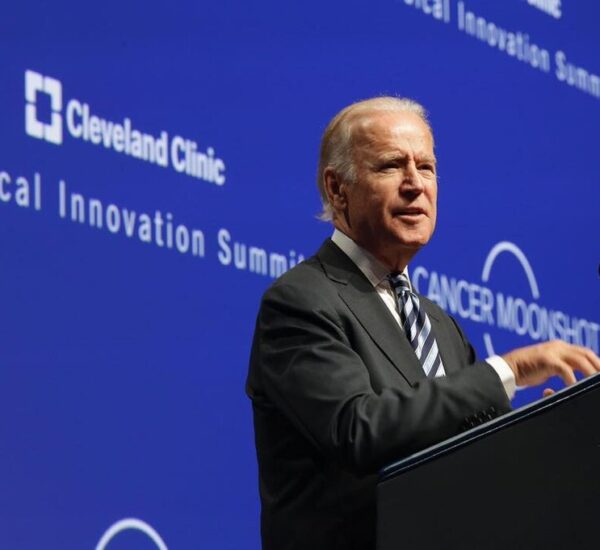Sarah Palin Gets A New Trial
On Wednesday, Sarah Palin achieved a significant victory in her legal battle against The New York Times, winning the right to a new trial over an editorial she claims was defamatory. This editorial, published in 2017, wrongfully connected her to a tragic mass shooting that occurred six years earlier, which resulted in six deaths and serious injuries to Democratic Congresswoman Gabrielle Giffords.
The 2nd U.S. Circuit Court of Appeals ruled in Palin’s favor, asserting that U.S. District Judge Jed Rakoff had committed several legal errors during the February 2022 trial. Circuit Judge John Walker, writing for the three-judge panel, determined that Rakoff’s decisions had improperly influenced the case. Specifically, the court found that Rakoff had wrongly excluded evidence that Palin argued demonstrated the Times’ “actual malice” in publishing the editorial. Furthermore, the judge’s instructions to the jury on the required level of proof for defamation were deemed incorrect.
The court also highlighted that the trial’s fairness was compromised when jurors received news alerts about Rakoff’s intended dismissal of the case due to Palin’s failure to provide “clear and convincing evidence” of malice. Walker emphasized the critical role of the jury in the legal process, asserting that the jury’s responsibilities must be upheld without judicial interference and that they should have access to all pertinent evidence and accurate legal guidance.
This case has sparked considerable debate about the legal standards for defamation, particularly following the landmark 1964 Supreme Court decision in New York Times v. Sullivan, which established a high threshold for public figures to prove defamation by requiring evidence of “actual malice.” Critics, including Palin and some media observers, view this case as an opportunity to revisit and potentially overturn the Sullivan decision.
Supreme Court Justices Clarence Thomas and Neil Gorsuch have previously suggested that the evolving media landscape, with its explosion of cable news and digital platforms, warrants a reexamination of Sullivan. The editorial in question, titled “America’s Lethal Politics,” was published in the wake of a congressional baseball practice shooting in Alexandria, Virginia, which injured Republican Congressman Steve Scalise and others. It referenced a controversial map from Palin’s political action committee, which had crosshairs over Giffords’ district before the 2011 shooting in Tucson, Arizona. Although the Times corrected the editorial the following morning, Palin disputes the editorial’s assertion that her map contributed to the violence.
As this case progresses, it remains a focal point for discussions on media responsibility and the legal boundaries of public figure defamation. Palin, known for her role as the 2008 Republican vice presidential candidate and former Alaska governor, continues to challenge the media’s accountability in this high-profile litigation.






